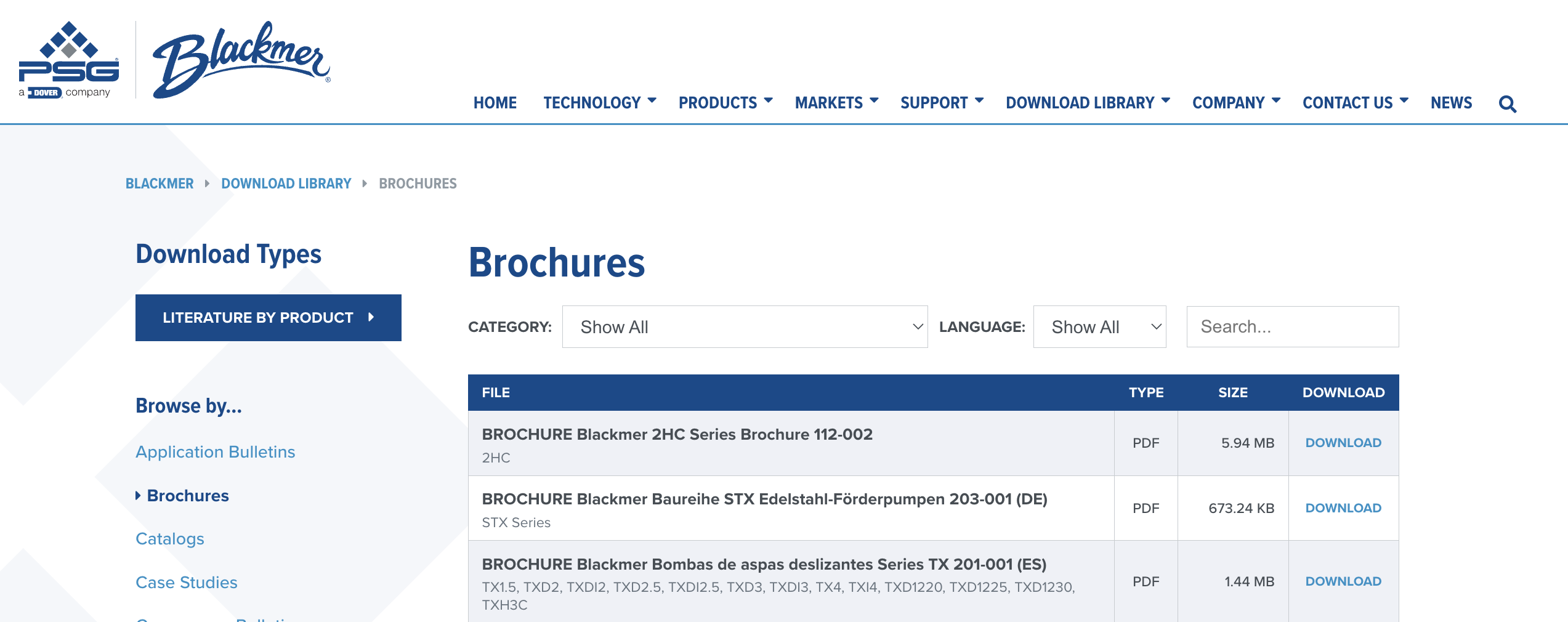The Strategy Shift From Static Docs to AI-Ready Assets
Most companies today have plenty of documentation but not much content. They have pdfs, slide decks, and product manuals. Even case studies buried in download libraries that have yet to see daylight. It’s not that they don’t have answers; it’s that the answers are locked away, invisible to the LLMs people now use to ask questions.
It's a lost opportunity to generate greater brand visibility. Especially when it comes to answering middle-of-funnel questions.
Make the Mental Shift
It doesn't have to be this way. When it comes to client engagement, it might be helpful to stop thinking like SEOs and start thinking like machines. Google’s crawler and an LLM’s transformer are very different beasts. Google might index a PDF. An LLM will ignore it entirely. What to do?
If you want to get more mileage out of your documentation - like LLM mentions - start here:
-
Convert PDFs into HTML-based knowledge pages. Static downloads are invisible to most LLMs. Formatting your content as web-native makes it indexable and referenceable.
-
Add structured data to every page. Use schema types like FAQPage, TechArticle, and Product to help machines interpret what your content is and where it fits.
-
Link product pages to supporting documentation. Glossary-based anchor links are a simple way to create relationships that both users and AI systems can follow.
-
Showcase real authors and contact options. Adding bios and CTAs supports E-E-A-T signals (Experience, Expertise, Authoritativeness, Trustworthiness), which influence how search engines and LLMs track your credibility.
Reusing Existing Docs: A Low-Cost Win
If you’ve already invested in whitepapers, manuals, and case studies, you’re sitting on a goldmine for LLM visibility. It just needs to be reformatted. This isn't a call to create more content. It’s a call to reuse what you already have in a format that machines can read.
One local example stands out. Blackmer, a Grand Rapids-based manufacturer, has an extensive download library filled with brochures, case studies, catalogs, and bulletins. It's content that’s ripe for transformation into AI-readable formats.

Even without pursuing external AI exposure, the same assets could be repurposed internally. Using Model Context Protocol (MCP) tooling, their support teams could reveal these answers directly in Slack or Salesforce instead of fumbling through a search bar.
But here’s the problem: the company has a policy against using AI. Which is a bit like trying to compete in e-commerce while banning websites. It's going to lead to painful, incremental obsolescence. Think edge customers calling it quits because getting answers takes too long. Death by a thousand cuts.
The Business Case Will Come (Eventually)
Most companies won’t care about LLM visibility until they have to. Until the bottom line reveals that inbound leads are down, support costs are up, or customers are quoting competitors' AI-powered answers instead of theirs. But those who take the leap early will start seeing it in deflection rates, faster time-to-resolution, and fewer “Where can I find…” questions cluttering internal channels.
And I'm only talking about restructuring dusty documentation for modern interfaces. The branding benefits that accrue from LLM visibility are multifold.
I guess it really depends are whether you think LLMs are just another marketing channel or part of a more important transformation. They're a new layer of knowledge access.